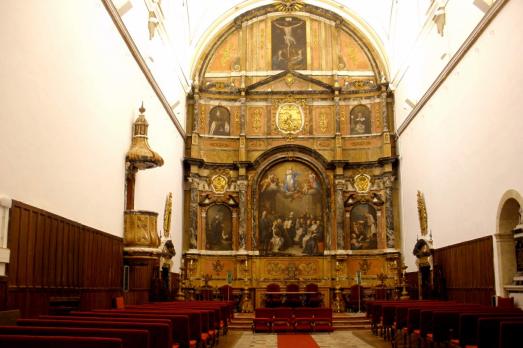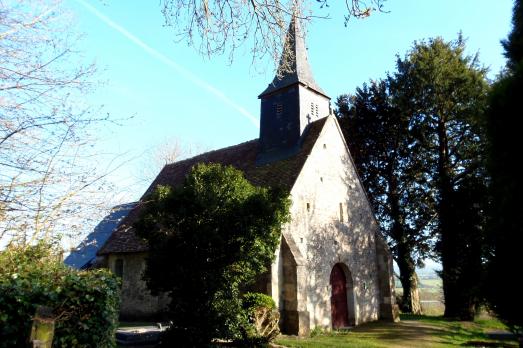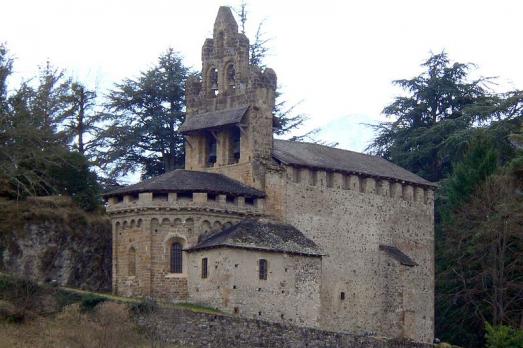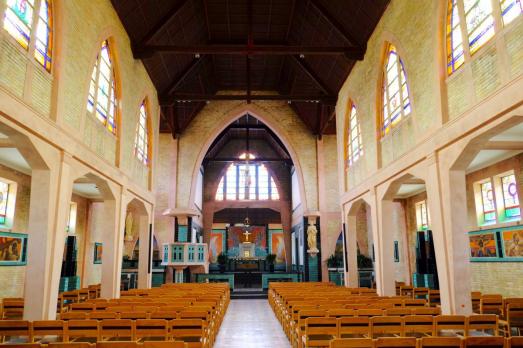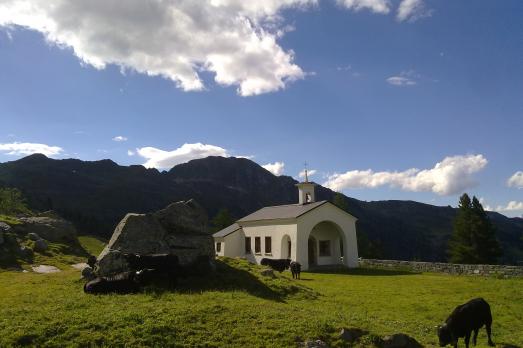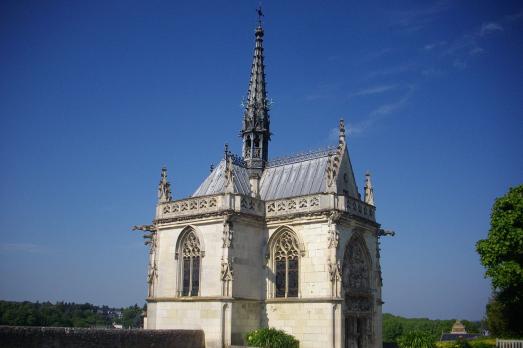
Chapel of Saint Erasme
Bonifacio, FR
This small chapel is located in a quiet corner of the historical centre. Former oratory of the district, the chapel was enlarged until the 20th century. Inside, two statues of Saint Erasmus and Saint Francis can be admired, as well as a magnificent painting of the Virgin and Child next to the Patron Saint.

